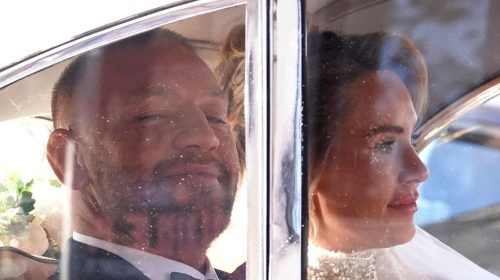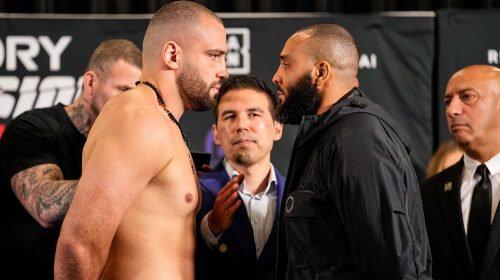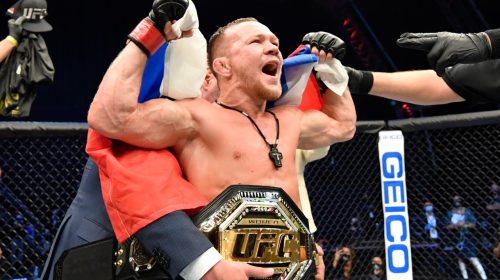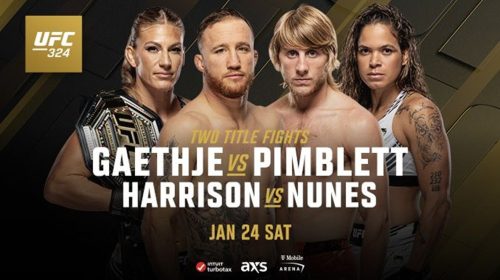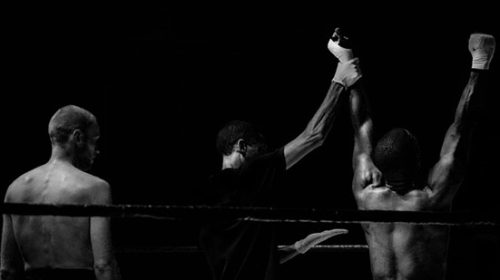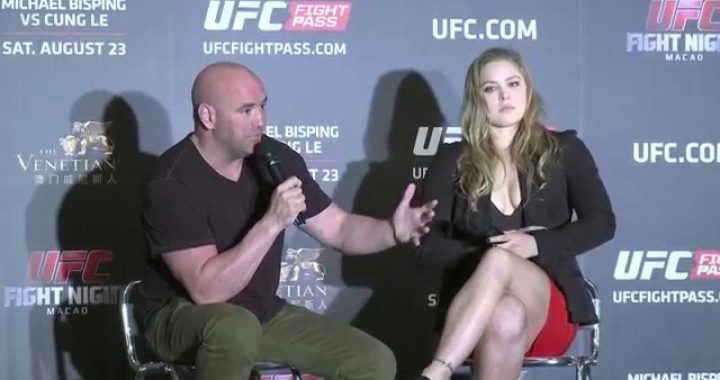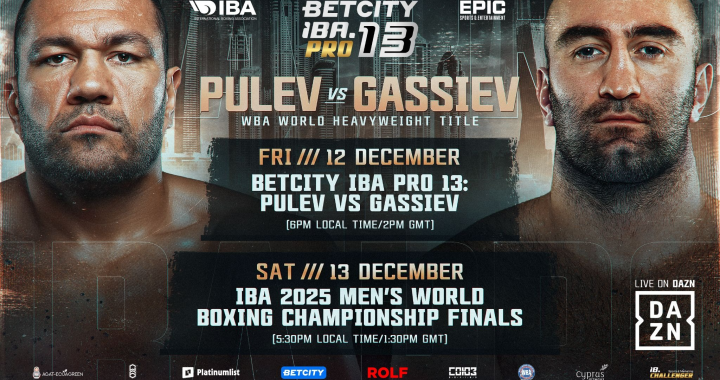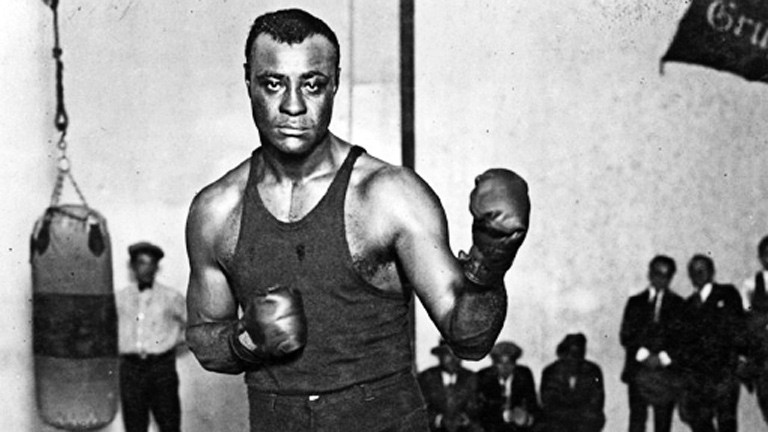
Louisiana – Harry Wills: Boxing’s Greatest Injustice
Boxing Across the Nation: Louisiana – Harry Wills: Boxing’s Greatest Injustice
Boxing has been a part of the American sports scene since the 1700s by way of England. It started by infiltrating the larger port towns before eventually working its way into the lexicon of America. Now it showcases some of the most talented combat sports athletes in the world. We will embark on a 50 part saga exploring the best boxers representing the United States. Some states will have more athletes to choose from than others but the journey will be quite the ride. Let’s embark on the journey looking at an interesting fighter or bout from each state. Next, we look at our 18th entry, the state of Louisiana.
Check out the 17 states we have covered by clicking below:
Alaska-Hector Camacho vs John Montes Card
Arizona-Hall of Famer Michael Carbajal
Arkansas-The Tragic Story of Sonny Liston
California-The Underappreciated Career of Andre Ward
Colorado-Boxing’s First Mega Star Jack Dempsey
Connecticut-Boxing’s Wins Leader Willie Pep
Delaware-The Night Dave Tiberi Almost Shocked the World
Florida-Pryor vs Arguello Showered In Controversy
Georgia-The Tragic Story of Cleveland “Big Cat” Williams
Hawaii-“The Hawaiian Punch” Brian Viloria
Idaho-The Sad Tale of Ed Sanders
Illinois-“The Drunken Master” Emanuel Augustus
Indiana-The Life and Antics of Kid McCoy
Iowa-Michael Nunn: In the Ring and in the Prison
Kansas-Jess Willard: “Pottawatomie Giant” Lives in Boxing History
Kentucky-Davey Moore: Losing It All In The Ring
Louisiana
Louisiana, the 18th state to join the Union, is the 25th-ranked state as far as population is considered. Though the state has been ravished with a reputation for its sub-par education, public health, and high murder rates, the state has produced many of the country’s best athletes throughout the history of the United States. As of 2016, New Orleans was the birthplace of the most NFL players per capita for the eighth year running. As far as its contributions to combat sports, Louisiana was one of the first safe-havens for MMA along with being the home to many early boxing bouts. Boxing was actually a high school sport from the early 1930’s all the way until 1958. Louisiana State University (LSU) actually won the 1949 Collegiate Boxing National Championship during the school’s tenure of supporting boxing.
What many boxing historians consider the first world heavyweight championship bout took place just outside of New Orleans in May 1870. Through all the history the state has poured into the sport, no greater injustice maybe than that of one of its native sons, Harry Wills.
Early Life
Not much is known of Wills’ early life due largely to him being born almost 130 years ago. On May 15, 1889, Wills was born in New Orleans. Around 1910, Wills worked as a longshoreman. His responsibilities involved loading and unloading cargo vessels coming into the ports. This was the perfect occupation to allow the 6’2″ massively framed young man to develop his strength. Just one year later Wills would begin his professional boxing career, which would culminate to a total of 103 bouts and a career worthy of Hall of Fame status.
The Best to Never Have the Shot
Starting in 1913, just two years into the sport, Wills began to take on the best colored heavyweights in the world. Not only did the color line exist in society, but the sport of boxing and its white champions drew the color line in the sand as well. On July 01, 1913, took on Joe Jeanette for the first of two bouts throughout their storied careers. Both of their bouts were draws.
In the early days of American boxing, there were no judges ringside like modern boxing. You did have newspaper reporters give a “newspaper decision,” but these were not considered official rulings on the contest. Forced to face many of the same opponents due to the color line, Wills would face future hall of famer Sam Langford an astounding 22 times. Wills would go 6-2 in those bouts with the rest ending in draws. Some of his biggest wins came against the colored heavyweight champion, Sam McVey. The one bout that nearly happened and could have changed things forever was the bout that got away with then-champion, Jack Dempsey.
The One That Got Away
1923 could have been one of the biggest years in boxing’s history. The champion Dempsey had signed a contract to face Wills back in July 1922 for a future bout between the world heavyweight champion and the colored heavyweight champion. Seven months later in February 1923, the New York State Boxing Commission stated the fight would not be allowed in their state. It’s believed the governor at the time, Al Smith, opposed the bout along with Washington politicians fearing race riots could occur if Wills ended up the victor. After that, New York even refused to allow Dempsey to fight again in their state. In the one bout that could have changed for fortunes for Wills in the eyes of boxing fans forever, Dempsey was the only star to emerge from this unfortunate mishandling.
Making the Best of a Wrong-Doing
Wills continued to defeat one competitor after another before finally a big showdown against Argentinian Luis Angel Firpo. On September 11, 1924, that showdown took place in front of 80,000 fans in New Jersey. This bout took place one year after Firpo’s historic title bout loss to Dempsey. Though the matchup was considered a “draw,” many considered Wills the winner. New Jersey at the time did not require an announced winner if the bout went the duration. Wills showed enough to let the world know an opportunity was missed having Wills showcase against the champion Dempsey.
Stepping into 1926, it looked like New York as well as the rest of the boxing world, saw Wills as the only logical choice to face Dempsey for the title. The New York State Boxing Commission ruled Dempsey could only compete in their state if he defended the crown against Wills. The bout was signed (again) but did not come to fruition. Wills did actually receive his fight purse on the greatest bout in boxing’s history that never happened. Wills believed until his dying day that Dempsey would have defended the title against him had it not been for Dempsey’s management of Tex Rickard and Jack Kearns. Dempsey has stated himself multiple times that he was never personally opposed to the challenge and believes he could have defeated the young Wills.
The last chance for a Wills/Dempsey matchup was destroyed on October 12, 1926, when a young fighter, who would eventually become the world champion and International Boxing Hall of Famer, Jack Sharkey, defeated Wills by disqualification because of an illegal strike by Wills. Despite the DQ in round 13 of 15, all rounds but one or two were scored for the upcoming Sharkey.
Post-Boxing Successes and Legacy
The former three-time colored world heavyweight champion fought his last bout on October 19, 1932. With the help of his wife, Wills saved enough money to purchase real estate in New York City. In addition, at the time of his passing on December 21, 1958, Wills had left behind 19-family apartment buildings and a small fortune. Spanning the late 1910’s and mid-1920’s, Wills was often ranked as one of the top-10 heavyweights. In addition, in 1992, Wills was inducted into the International Boxing Hall of Fame, an honor greatly deserved. Though Wills had many accolades in his career, the biggest of all, a chance to be the world champion, was never afforded to the best-colored boxer of his time.





